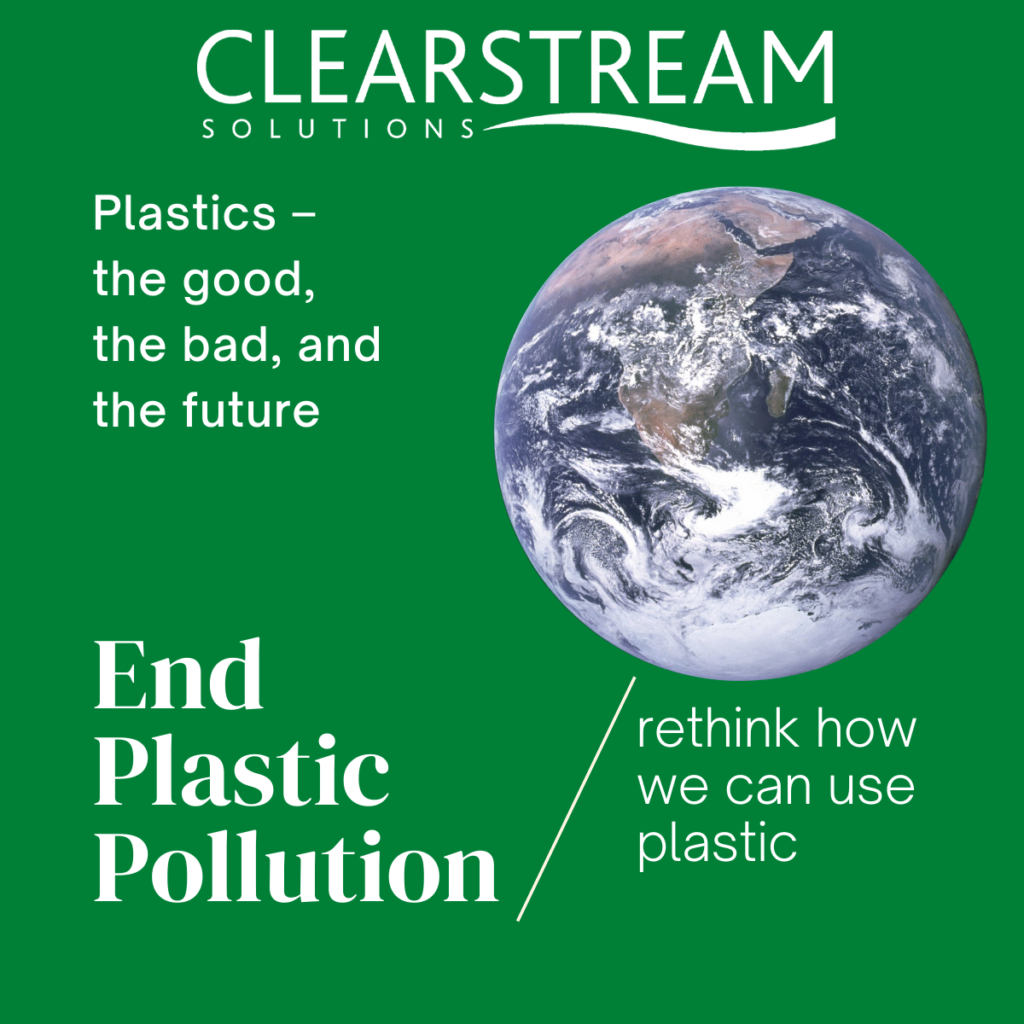
Plastics are made from finite petrochemical sources such as oil and gas. These extremely versatile materials have become increasingly used across the global economy in sectors such as packaging, electronics and medicine. Plastics low cost, low weight and durability has enabled the extension of the shelf life of food, increased the fuel efficiency of cars and the convenience of life, allowing eating and drinking on the go. The versatility and performance of plastics has led to increased growth in its production and use. When combined with current linear economic models which ingrain a throwaway culture, it has led to a global plastic pollution problem. Consumers have become increasingly aware of the mismanagement of these fossil-based plastics at the end of life which has led to large scale pollution in oceans, lakes and rivers, in soils, in the atmosphere and within animal tissue. Fuelled by increasing media attention, the growing body of evidence as to the detrimental environmental and social effects of this pollution is extensive and has rightly overshadowed the benefits of plastic.
So, what can be done moving forward to address this global plastic problem?
It is vital to rethink how we can use plastic and look past just the benefits it provides in its function but also to include how it is handled at its end of life. Waste management systems globally do not have the capacity or scope to recover and dispose of or recycle these plastics safely. It is imperative that adequate investment is directed to these systems to increase the recovery and recirculation of plastics into the economy, extending the lifespan of plastics moving away from the linear take-make-waste model to a circular one. Action will also include upstream (pre-consumption) and downstream (post-consumption) measures reducing plastic in value chains where possible, implementing reusable models and engaging with customers to ensure recyclable plastic products are directed to adequate waste streams ensuring this resource isn’t lost from the economy.
Identifying alternative renewable feedstocks which can be used to develop circular biodegradable or compostable bioplastics will enable the decoupling from finite carbon-intensive fossil-based sources and offer increased options in the waste management of plastics. Biodegradable or compostable bioplastic is not the silver bullet to the global plastic pollution problem, as biomaterials still require appropriate management at end of life and can often consumer confusion on how to dispose of it appropriately. However, it does provide an alternative approach to decreasing the level of waste generated. For instance, in situations where plastics that can be recycled aren’t due to food contamination. Ensuring that bioplastics can deliver the same functionality as conventional plastics and do not contribute to the food waste problem due to decreased performance, is a significant challenge for these alternative materials.
Ultimately, the elephant in the room is climate change, and the massive challenge that mitigating climate change poses. The plastic issue is a branch of this growing problem of the climate emergency, and our reliance on fossil-based resources to generate materials and energy. Therefore, on top of the performance challenge for bioplastics, and as part of any move towards more biodegradable or compostable biological solutions, it is critical to ensure that the life cycle environmental impact of such materials delivers an improvement on their fossil-based counterparts. It is vital not to assume that just because the plastic is made from a renewable resource that it is more sustainable or has a lower carbon impact. Compostable bioplastics, once the infrastructure is in place, offer an added value of the development of a locally generated product (i.e. compost) that can improve crop production, soil moisture retention and reduced dependency on the energy-intensive production of fossil-based fertilisers.
The solution to our current plastic pollution problem is not straightforward. It will require a combination of:
- Post-consumption management,
- Consumer engagement,
- Reduction in plastic use,
- Rethinking design,
- And embedding circularity principles into alternative materials or increasing the reusability and lifespan of conventional plastics (reusable and refill systems).
Clearstream Solutions can help you to measure and understand the impact your plastic products and supply chains have on the environment. We work with our clients to set and achieve carbon and plastic reduction targets and ensure your transition to more environmentally appropriate alternatives is as smooth as possible.
Niall Collins is the Circular Economy and LCA program manager at Clearstream Solutions. He is an LCA practitioner with research and commercial experience in conducting Life Cycle Assessments in accordance with the ISO 14040:2006 standard. He helps companies measure the environmental impact of their products, set reduction targets and validate any environmental savings made through actions taken to reach these targets.
